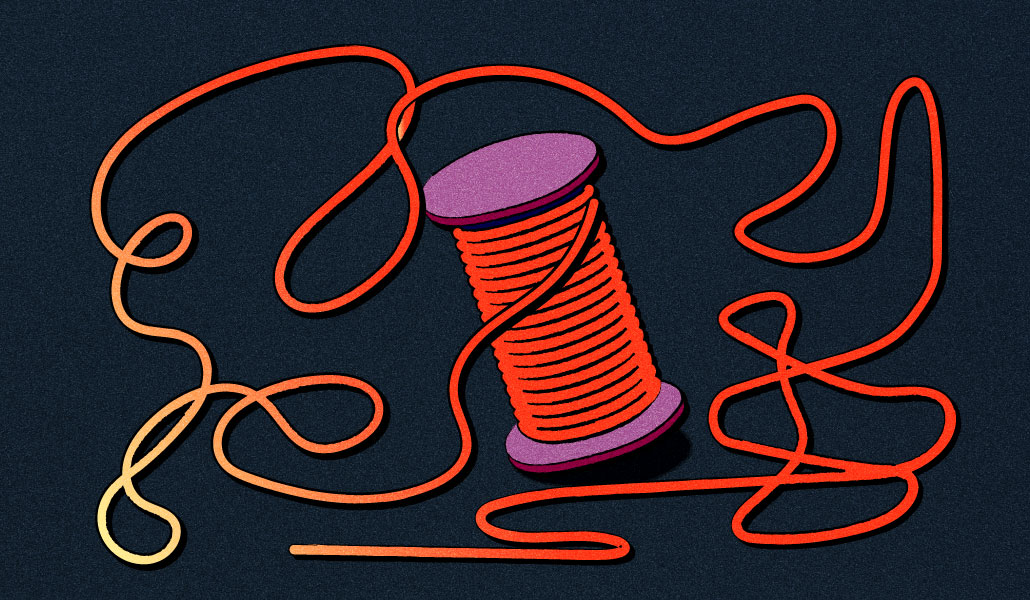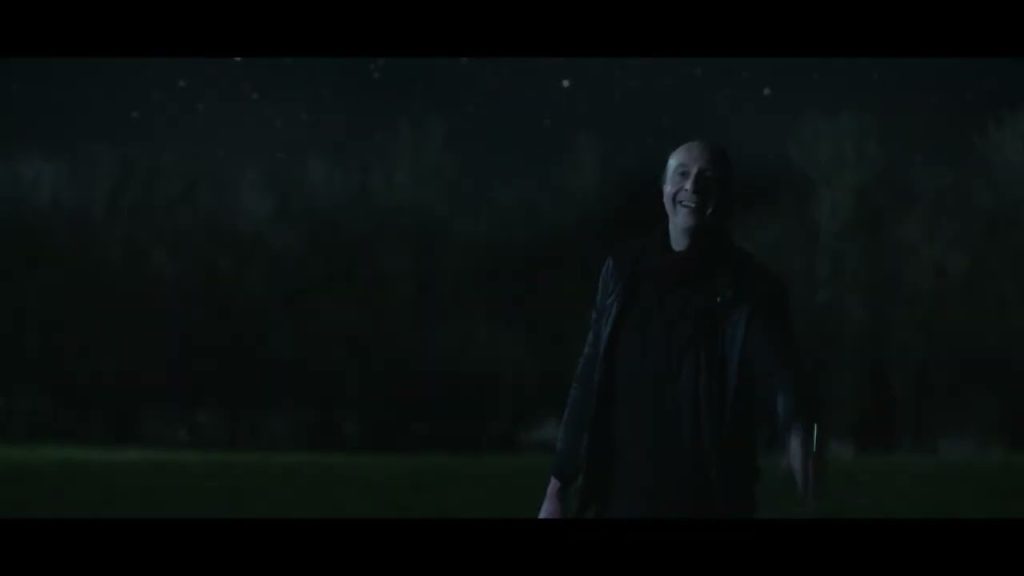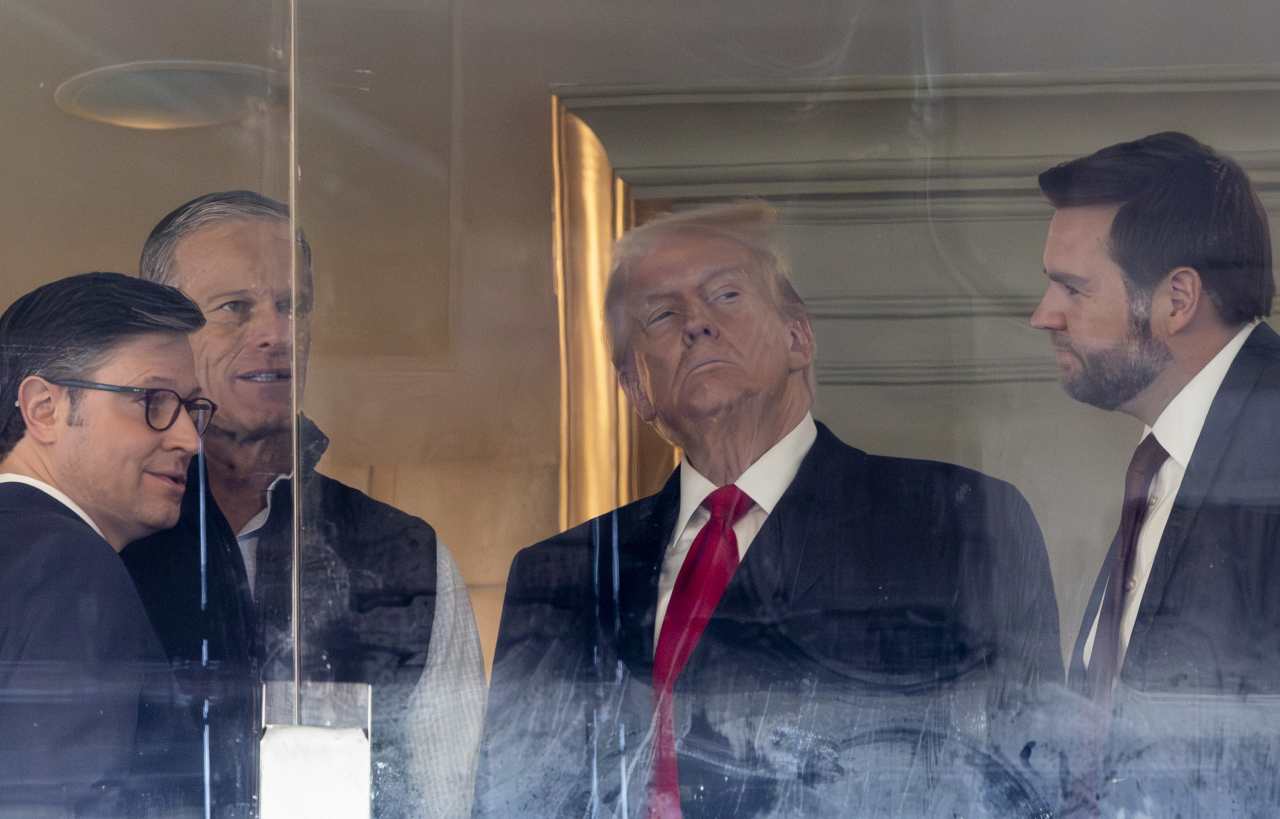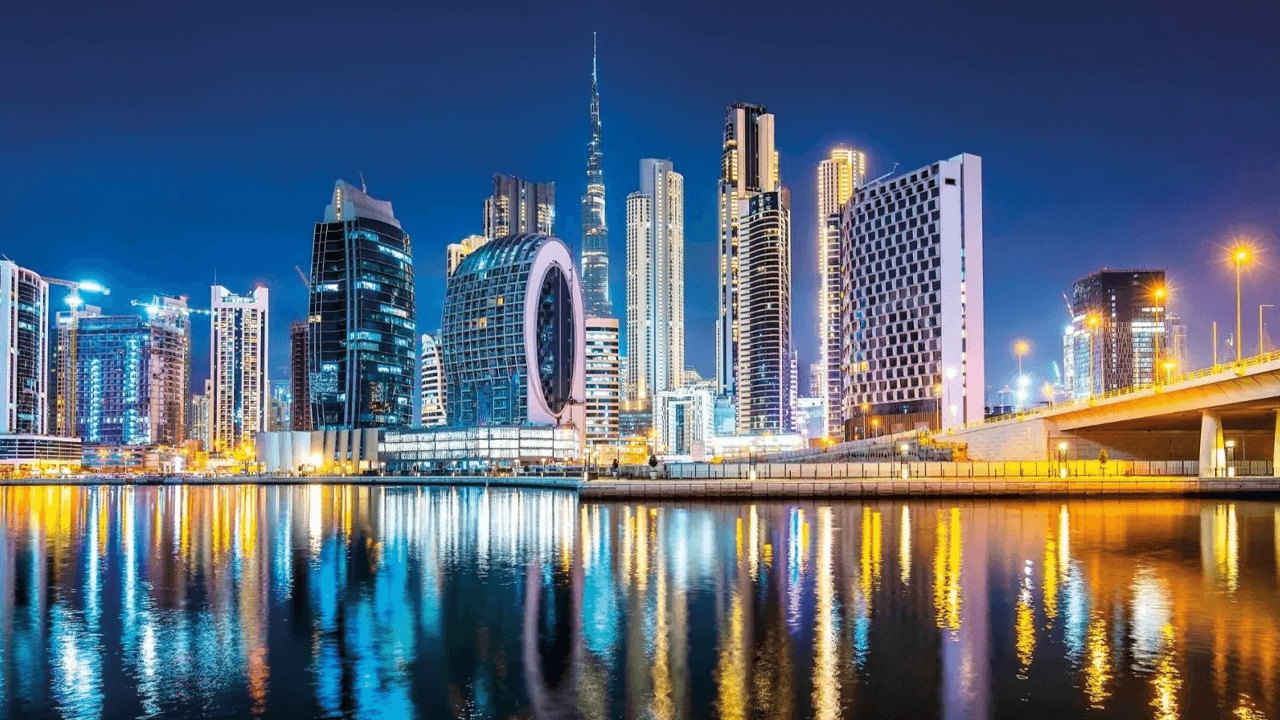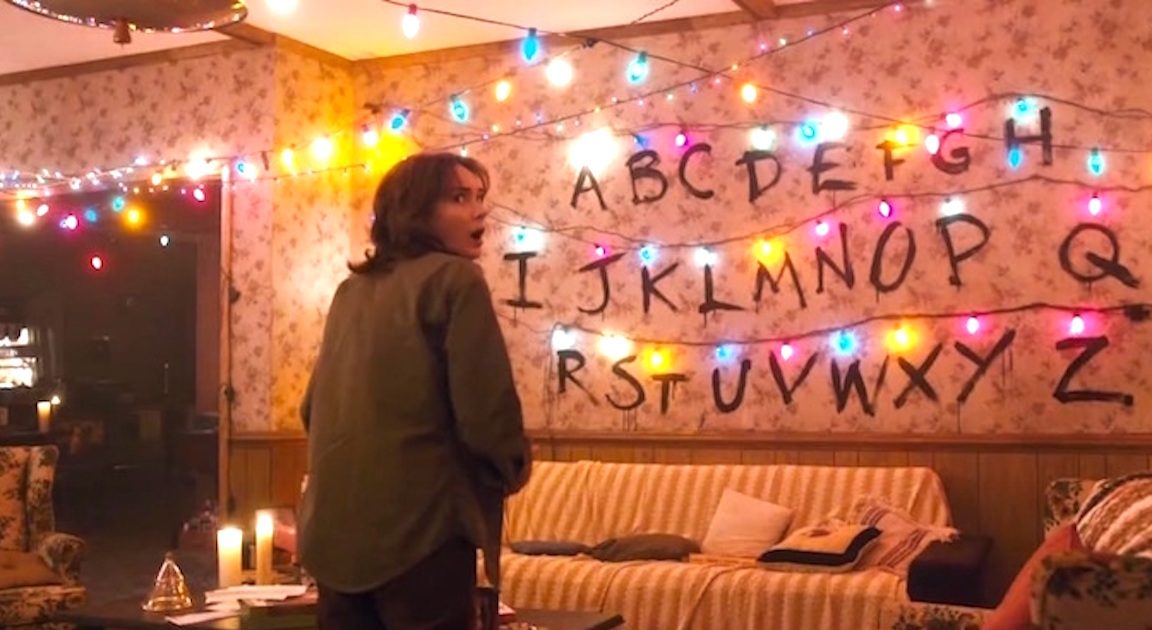‘I like the flow of constant work’: Artist Adam Pendleton on how discipline leads to creativity
When artist Adam Pendleton was growing up in Richmond, Virginia, he started his own newspaper that he delivered to the residents at a nursing home in his town. “I wanted to be a creative person functioning in the world,” he says. “I wanted to be an artist.” Over the years, that inclination took various forms: a t-shirt business (which he now laughs that, as a teen, he saw as a fashion line), script-writing, musical theater, original poetry. “I realize now it was very much about having an idea and manifesting it—that is creativity,” says Pendleton, whose growing body of work has continuously redefined contemporary American painting. “In that way, you’re a perpetual problem solver.” Now, years later, the sorts of problems Pendleton finds himself wrestling with are far more esoteric, and rooted to big questions around the human experience in a distracted and noisy world. These themes are mirrored in his paintings which are layered with paint, spray paint, ink and watercolor. They include stenciled fragments of text and geometric shapes, and are then photographed and screenprinted. This blend of disciplines, materials and forms, Pendleton has said, is a representation of the “cacophony of contemporary experience.” His new solo show, Adam Pendleton: Love, Queen, opened April 4 at the Hirshhorn Museum in Washington, D.C. and runs until January 3, 2027. The show includes Black Dada, Days, WE ARE NOT, as well as new composition and movement paintings. [Photo: Jason Schmidt] I read all of the books my mom had in the house. I was reading Sylvia Plath, and I think The Bell Jar was the first time I got more invested in, “What is the life of an artist like?” The Jackson Pollock biopic came out and I remember being like, “Wow!” I had very little interest in the typical adolescent activities: I didn’t want to go to parties; I didn’t want a drivers license. I realize now, I was trying to eliminate things that could be a distraction from what I had identified as my purpose in life. I went to a private prep school in Virginia where my mom taught. I made a change and went to this outdoor school in North Carolina called The Outdoor Academy. I wanted to do something different. That decision absolutely changed my life. I don’t know where I would be without that kind of swerve—that serendipitous encounter with this place. It taught me there are alternative ways of being and thinking and seeing the world, particularly in regards to education. You’d be in math class, and then you’d go rock climbing or white water canoeing. We were living in the world. We were using our bodies. We were really living. I graduated high school two years early, and when I was 16, I went to Italy to continue my art education. From that age on, I have lived. [Photo: Peio Erroteta] I organize myself around what I call ‘moments of consequence.’ I’m looking at the arch of time over a specific period—six months or 12 months, maybe a little longer. I look at the most important things that will happen during that period and I make sure that at any given moment during the day from the time I wake up to the time I go to bed I’m giving some sort of energetic or physical or intellectual commitment or dedicated time to said moment of consequence. That is a way of moving through the world, but also being anchored at any given moment to this concrete sense of what you need to be focused on. [Photo: Andy Romer] I’m a big believer that you can organize your mind. Part of organizing your mind is using your full mental capacity or bandwidth. For example, even while I’m talking to you, I can still be thinking about the painting I want to make, or the drawings I want to work on, or the text I need to edit. It’s the internal initiative I need to nurture. For me, it’s like visual mapping. There is noise around visual mapping: language, ideas, desires or urges. You have to organize them and attach those impulses to the correct spaces in your mind. I accept moments. If I’m getting ready for a big exhibition, I say to myself, “I’m not going to paint for the next seven days. It’s just not going to happen.” It’s better to be realistic about it than to fight it and be frustrated. It’s an energetic drain. [Photo: Peio Erroteta] I like the flow of constant work. I always say “don’t take a vacation.” I personally think it’s better to be in the flow and not fight it. To say, “I’m going to step outside of it and go sit on a beach with a romance novel for three days.” I have never had that compulsion. My compulsion is for projects and ideas and tackling them, figuring it out, getting it done. I get anxious when people say, “Just relax and don’t do anything.” I don’t find that relaxing. Rest is important, but the kind of rest I’m talking about is sleep. I think the worst habit people have these days is sleeping with their phones next to their heads. A very good ritual I have that makes a huge difference: When I go to sleep, I leave my phone
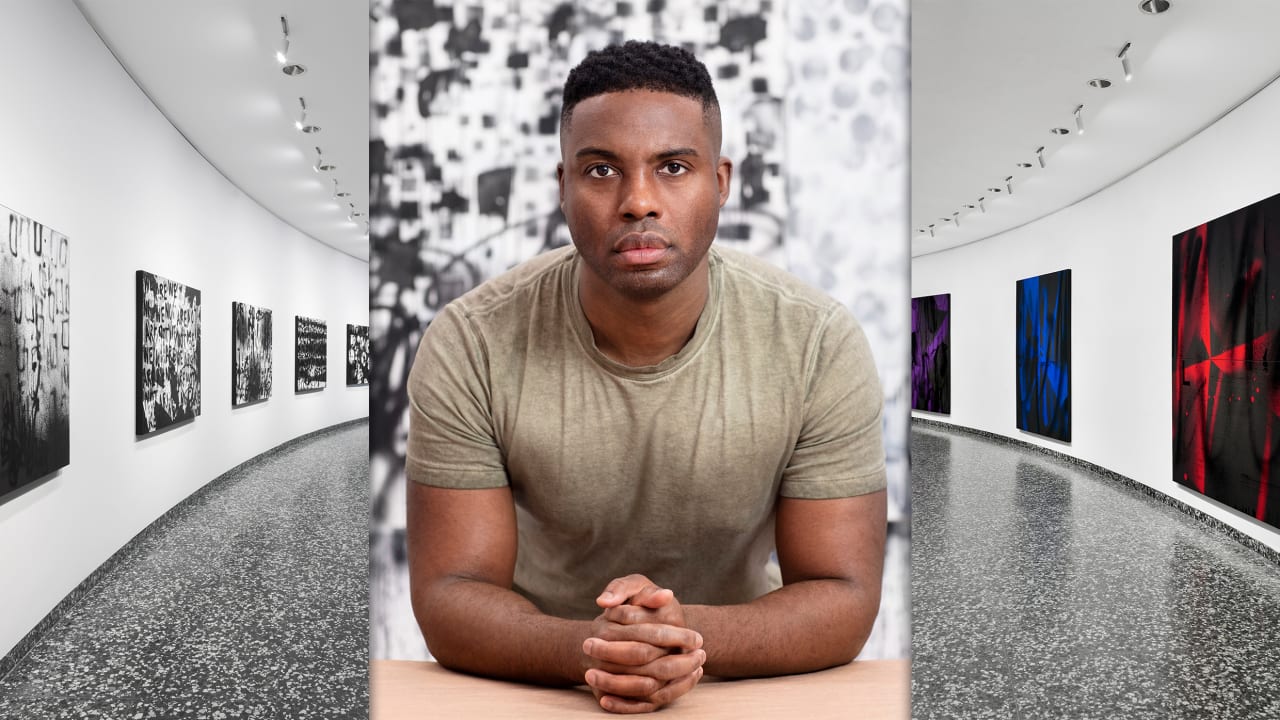
When artist Adam Pendleton was growing up in Richmond, Virginia, he started his own newspaper that he delivered to the residents at a nursing home in his town. “I wanted to be a creative person functioning in the world,” he says. “I wanted to be an artist.” Over the years, that inclination took various forms: a t-shirt business (which he now laughs that, as a teen, he saw as a fashion line), script-writing, musical theater, original poetry.
“I realize now it was very much about having an idea and manifesting it—that is creativity,” says Pendleton, whose growing body of work has continuously redefined contemporary American painting. “In that way, you’re a perpetual problem solver.” Now, years later, the sorts of problems Pendleton finds himself wrestling with are far more esoteric, and rooted to big questions around the human experience in a distracted and noisy world.
These themes are mirrored in his paintings which are layered with paint, spray paint, ink and watercolor. They include stenciled fragments of text and geometric shapes, and are then photographed and screenprinted. This blend of disciplines, materials and forms, Pendleton has said, is a representation of the “cacophony of contemporary experience.” His new solo show, Adam Pendleton: Love, Queen, opened April 4 at the Hirshhorn Museum in Washington, D.C. and runs until January 3, 2027. The show includes Black Dada, Days, WE ARE NOT, as well as new composition and movement paintings.
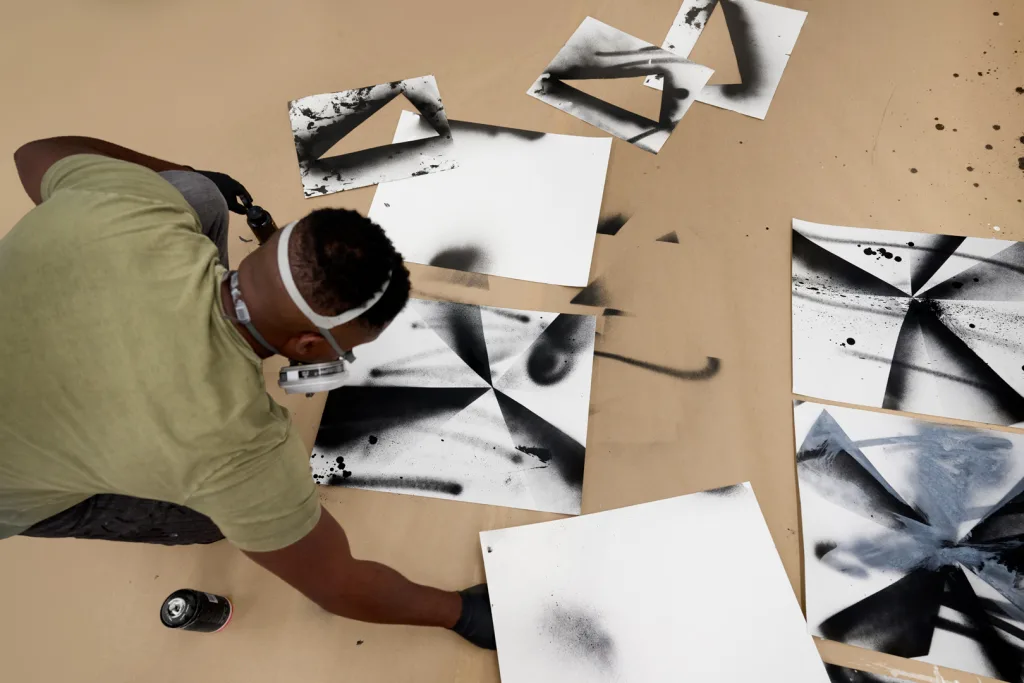
I read all of the books my mom had in the house. I was reading Sylvia Plath, and I think The Bell Jar was the first time I got more invested in, “What is the life of an artist like?” The Jackson Pollock biopic came out and I remember being like, “Wow!” I had very little interest in the typical adolescent activities: I didn’t want to go to parties; I didn’t want a drivers license. I realize now, I was trying to eliminate things that could be a distraction from what I had identified as my purpose in life.
I went to a private prep school in Virginia where my mom taught. I made a change and went to this outdoor school in North Carolina called The Outdoor Academy. I wanted to do something different. That decision absolutely changed my life. I don’t know where I would be without that kind of swerve—that serendipitous encounter with this place. It taught me there are alternative ways of being and thinking and seeing the world, particularly in regards to education. You’d be in math class, and then you’d go rock climbing or white water canoeing. We were living in the world. We were using our bodies. We were really living. I graduated high school two years early, and when I was 16, I went to Italy to continue my art education. From that age on, I have lived.

I organize myself around what I call ‘moments of consequence.’ I’m looking at the arch of time over a specific period—six months or 12 months, maybe a little longer. I look at the most important things that will happen during that period and I make sure that at any given moment during the day from the time I wake up to the time I go to bed I’m giving some sort of energetic or physical or intellectual commitment or dedicated time to said moment of consequence. That is a way of moving through the world, but also being anchored at any given moment to this concrete sense of what you need to be focused on.

I’m a big believer that you can organize your mind. Part of organizing your mind is using your full mental capacity or bandwidth. For example, even while I’m talking to you, I can still be thinking about the painting I want to make, or the drawings I want to work on, or the text I need to edit. It’s the internal initiative I need to nurture. For me, it’s like visual mapping. There is noise around visual mapping: language, ideas, desires or urges. You have to organize them and attach those impulses to the correct spaces in your mind.
I accept moments. If I’m getting ready for a big exhibition, I say to myself, “I’m not going to paint for the next seven days. It’s just not going to happen.” It’s better to be realistic about it than to fight it and be frustrated. It’s an energetic drain.

I like the flow of constant work. I always say “don’t take a vacation.” I personally think it’s better to be in the flow and not fight it. To say, “I’m going to step outside of it and go sit on a beach with a romance novel for three days.” I have never had that compulsion. My compulsion is for projects and ideas and tackling them, figuring it out, getting it done. I get anxious when people say, “Just relax and don’t do anything.” I don’t find that relaxing. Rest is important, but the kind of rest I’m talking about is sleep.
I think the worst habit people have these days is sleeping with their phones next to their heads. A very good ritual I have that makes a huge difference: When I go to sleep, I leave my phone downstairs. It makes a huge difference, and it allows you to be very present in that period of going to sleep.
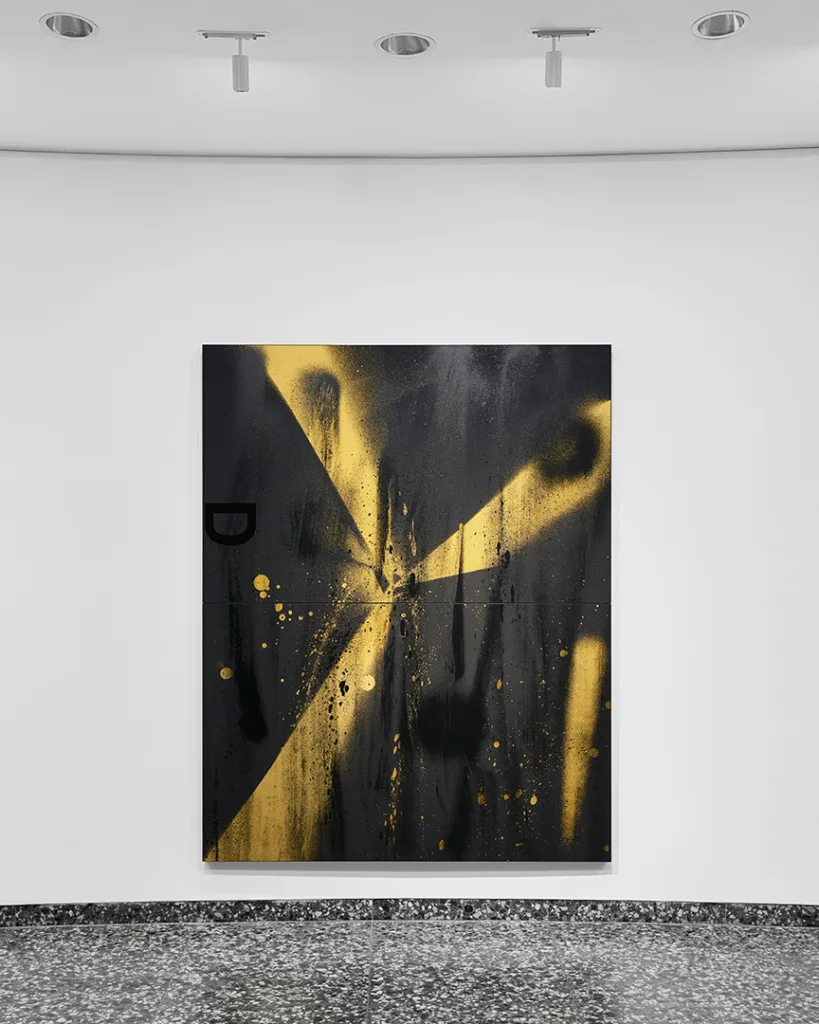
I am very much about space and what you do in those spaces. There are certain things I would do at home that I’d never do in the office. I won’t have phone conversations in my painting studio. It’s just not the space for that. I organize my tasks or responsibilities—in the same way I talk about a mental map, I have a very physical map. It’s about organizing yourself in a way that encourages good habits.
I’m very bad under pressure. I’m not the kind of person that can study for a test the night before. I have to have a lot of prep and strategy. I nurture ideas for a very long time before I execute. Sometimes when you need to pivot and change something, it can take months or years to position yourself to be ready or able to tackle it.
There are some things that I am just not that curious about. But, I think it’s important to be curious about as much as you possibly can be. If I see a line outside the door I’m not going to stand in the line, but I will take a picture of the place and want to learn about it. I saw an Irish Soda Bread shop when I was on East 7th Street. Why is there a line here? I take a picture of menus of restaurants I will probably never go into. I walk around my neighborhood to see what’s busy at different times. I relate that curiosity back to my work. It’s why I paint and what I do. It’s not formulaic in any way. My work is about deep visual curiosity that extends to the world around me in every way.

I like absorbing things and making sense of things. I like processing. I need a way to move through the world that is poetic, soulful, and intentional. That nurtures my interior life and its potential in the ways it manifests itself in the world. Painting is that. It’s a mechanism, a mode, a tool. It’s the poetics of being and moving through and understanding and reflecting on the world. It’s my greatest gift. It is the most articulate and inarticulate act or function that I engage in.
When people think about mentors, they try to think about one or two people. That’s really counter-productive. It’s better to have a well of inspiration, rather than one single heroic figure. I have so many, some that are alive and some who are dead. Some who I will never know. Jason Moran. Joan Jonas. Adrian Piper. Ishmael Houston-Jones. Ruby Nell Sales. John Coltrane. Ella Fitzgerald. June Jordan. David Chipperfield. Hiroshi Sugimoto. I could keep listing names. I want to be inspired by the world around me. I want a big capacious, generous, and generative community around me and also in my head.



![How AI Use Is Evolving Over Time [Infographic]](https://imgproxy.divecdn.com/YImJiiJ6E8mfDrbZ78ZFcZc03278v7-glxmQt_hx4hI/g:ce/rs:fit:770:435/Z3M6Ly9kaXZlc2l0ZS1zdG9yYWdlL2RpdmVpbWFnZS9ob3dfcGVvcGxlX3VzZV9BSV8xLnBuZw==.webp)



